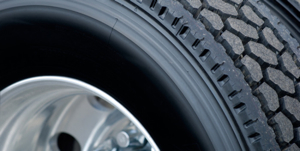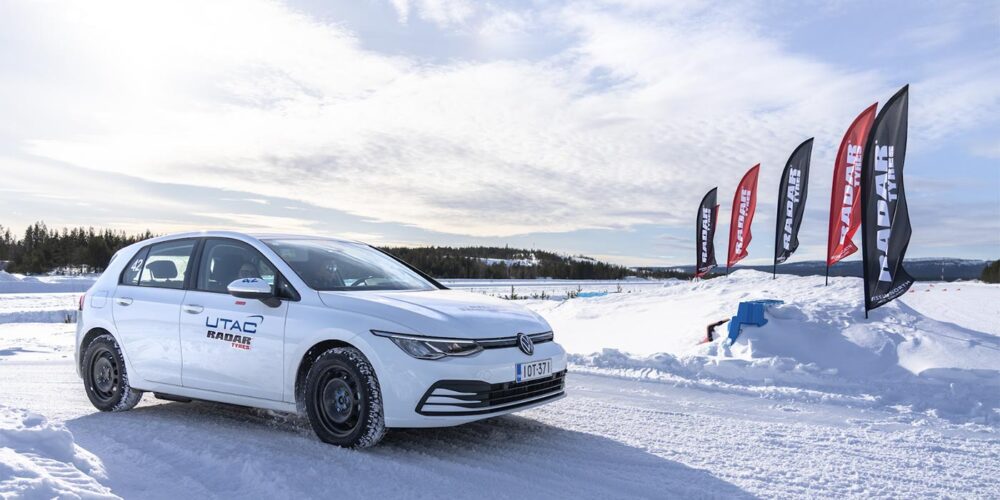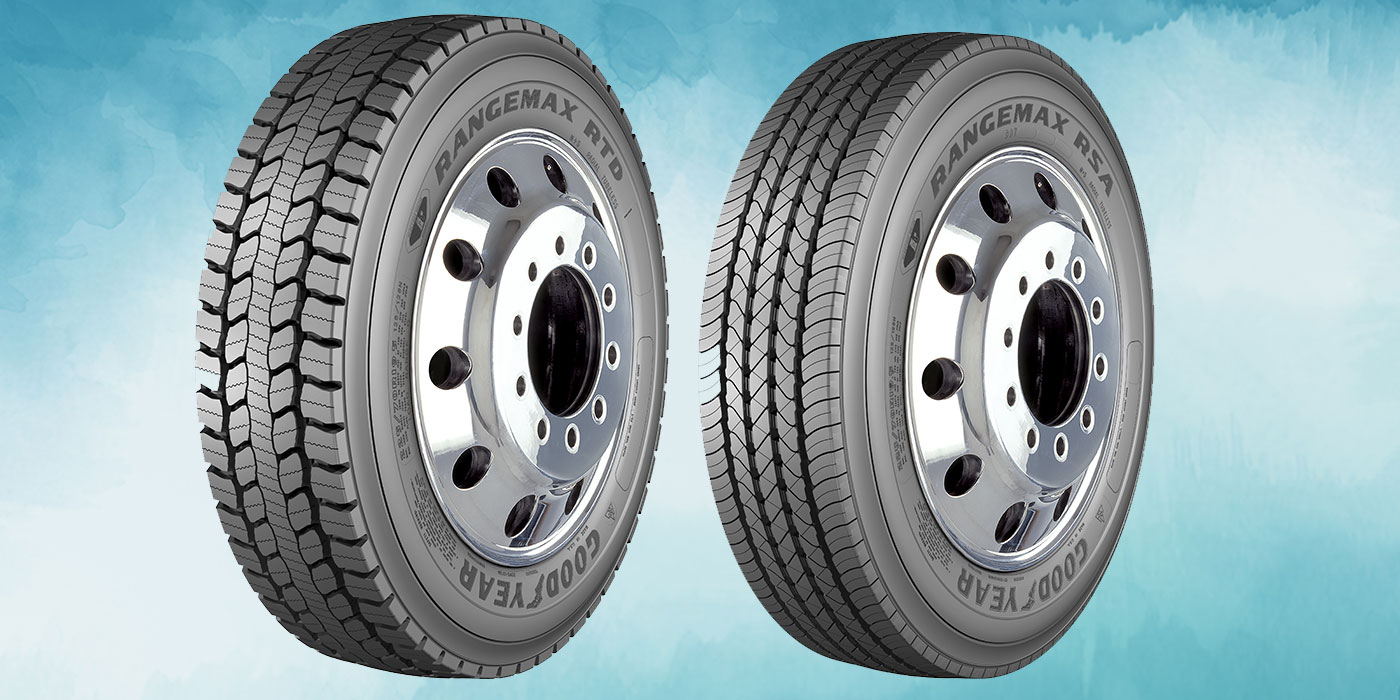Recently, while discussing radial truck tire performance with several seasoned industry veterans, a valid and useful point was raised. Several decades ago, many truck tire problems used to be finally diagnosed as simply that “tire problems.” This is less the case in recent years.

Tire performance is best understood and more expediently diagnosed when considered as one component of a more complete vehicle system. Sometimes, the solutions have been simple such as less positive camber, reduced toe settings and more positive caster to ensure long treadwear, good handling and to maintain vehicle oversteer/understeer characteristics when switching from bias to radial tires. Other smaller, but similar changes, helped when transitioning from standard to low profile radials.
A more current example of compatibility problems surfaced on linehaul tractors when the industry switched from three-point mount, four spring tandem drive suspensions to air rides. In this case the open lug drive tires popular with most manufacturers were re-designed to closed shoulder designs to overcome the more compliant air suspensions with lower damping levels to avoid premature irregular wear and resulting early takeoff mileages.
Several current trends are worthy of a systemic approach to overall truck vehicle performance. Single wide tires replacing dual assemblies, for example, make sense for many reasons and there is little doubt that the majority of linehaul trucks will be converted in the not too distant future. Remember that duals were originally used as a makeshift solution when the tire industry had neither the reinforcement materials nor construction technology to keep up with the rapidly escalating truck axle loads between1917 and 1925 as pneumatic tires replaced solid rubber ones. Wide singles are, however, are not necessarily a simple bolt-on changeover for many applications. Ideally, axle track width should be widened, wheels should be configured as centerline mount (zero offset) and axle camber and toe, even when designed with a straight up/down and straight ahead spec respectively, should be more closely controlled with smaller tolerances for optimum tire wear. Wider tread tires simply have greater physical displacements at the tread edges compared to narrow tread (dual) tires, resulting in increased scuff and wear for any alignment setting different from optimum. In short, wider tread tires are more susceptible to alignment related wear issues.
Tire pressure monitoring systems (TPMS) and automatic tire inflation systems (ATIS) are rapidly gaining acceptance and, to a degree, take the variable of manual PM-type pressure maintenance out of the tire durability equation.
The last piece of this puzzle is the pending development of a workable system for the full-floating drive axles that can be plumbed in a way that does not protrude beyond the outer tire sidewall. The age-old issue of determining the optimum inflation for a given load and service condition to minimize abnormal wear and to extend takeoff mileages, however, won’t likely be solved until a variable pressure system that matches inflation to real time conditions (e.g. full load out/empty return) is developed and sold at a reasonable cost.
Many additional examples of how tires relate to other components abound. Larger front brakes, especially high horsepower absorption disc brakes, tend to slightly increase steer tire wear rates, but more importantly, reduce irregular wear. Any change from the near universal drag link type steering linkage on current Class 7 to 8 trucks can be expected to affect tire wear. Adaptations of automotive type rack and pinion or idler arm type steering can change steer tire wear. Shock absorbers and other damping devices have recently been upgraded to match air suspension requirements and more adaptation of high technology automotive devices may become future realities.
Modern radial tires often display symptoms that may, but not necessarily, indicate a pure tire deficiency. Many issues are expediently diagnosed and corrected by experienced and trained technicians using a systemic approach.













